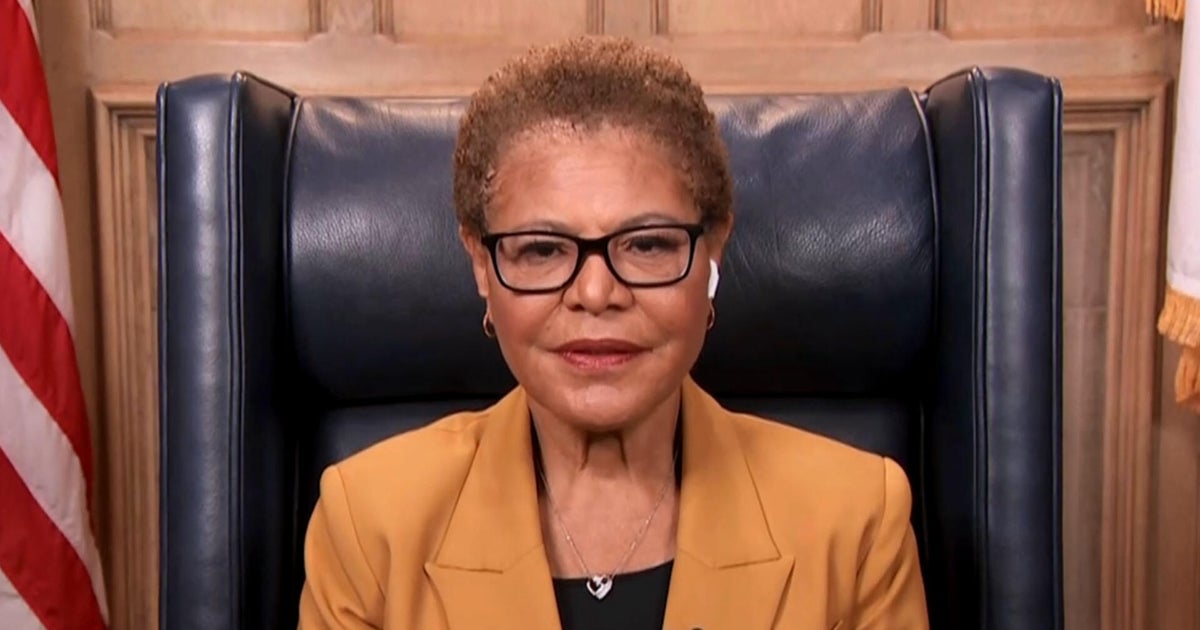
The White House is trying to make gas cans fill great again.
In a July 24 letter, the EPA has asked gas can manufacturers to redesign their much-maligned products to fix a long-standing problem: “People hate ’em,” said Florida-based eBay gas can reseller Steven Watt, 63. “It’s all about the spout.”
Federal regulations implemented in 2009 required portable gas cans for lawnmowers, chainsaws, ATVs and stranded vehicles to have special vents to stop vapors from escaping, contributing to ozone pollution.
But many modern designs are often infuriatingly ineffective at actually filling tanks because the vents work so poorly. Instead of stopping vapors from flowing out the complicated spouts and relief valves, instead frustrated users often cause gasoline spills, which some critics say are far worse than a tiny amount of vapor escaping from an older design.
Gas cans regulations developed to protect kids, reduce emissions
Other regulations require the cans to be child-resistant and limit the risk of flash fires, and the EPA can’t change those.
But the EPA said manufacturers should figure out how to make their gas cans work both safely and effectively.
Trump has sought a similar change to low-flow bathroom fixtures as part efforts to roll back regulations he considers anti-consumer and of dubious environmental benefit.
“Part of powering the great American comeback means ensuring manufacturers have the clarity and encouragement to deliver products Americans want,” EPA Administrator Lee Zeldin said in a statement.
“The confusion surrounding gas cans has been a frustration for years. We are proud to address this issue head on. Moving forward, Americans should have gas cans that are compliant, but most importantly, that are effective and consumer friendly,” he said.

Gas cans designed to prevent spills, limit vapor emissions and protoect against accidental ignition sit on a shelf at a Denver-area hardware store on July 24, 2025.
Looking for alternatives
The vapor-emissions regulations were first developed by regulators who noted that the approximately 80 million gas cans in the United States were a surprising source of air pollution: Emissions from a single old-style can could be 60 times higher than from a car’s gas tank if both were left open side-by-side.
But the new rules left many people looking for alternatives.
Now, for the same price as new, Watt sells used “pre ban” cans ‒ those made before the regulations phased in in 2009 ‒ sourcing them from flea markets and recycling centers. He recently sold three of them to a man in Michigan for $300, although most of that was actually the shipping cost.
Watt said he’s always surprised by what people want to buy. But each year, he makes sure to stock up before hurricane season begins. He planned to pick up 50 used cans from a recycling center later in the day.
“I sell a lot of stuff that’s a mystery to me. I mean, it’s not a collectible,” he said of the old-style gas cans. “But I know that people who buy used ones like them.”
This article originally appeared on USA TODAY: Make gas cans great again: White House pushes for changes



